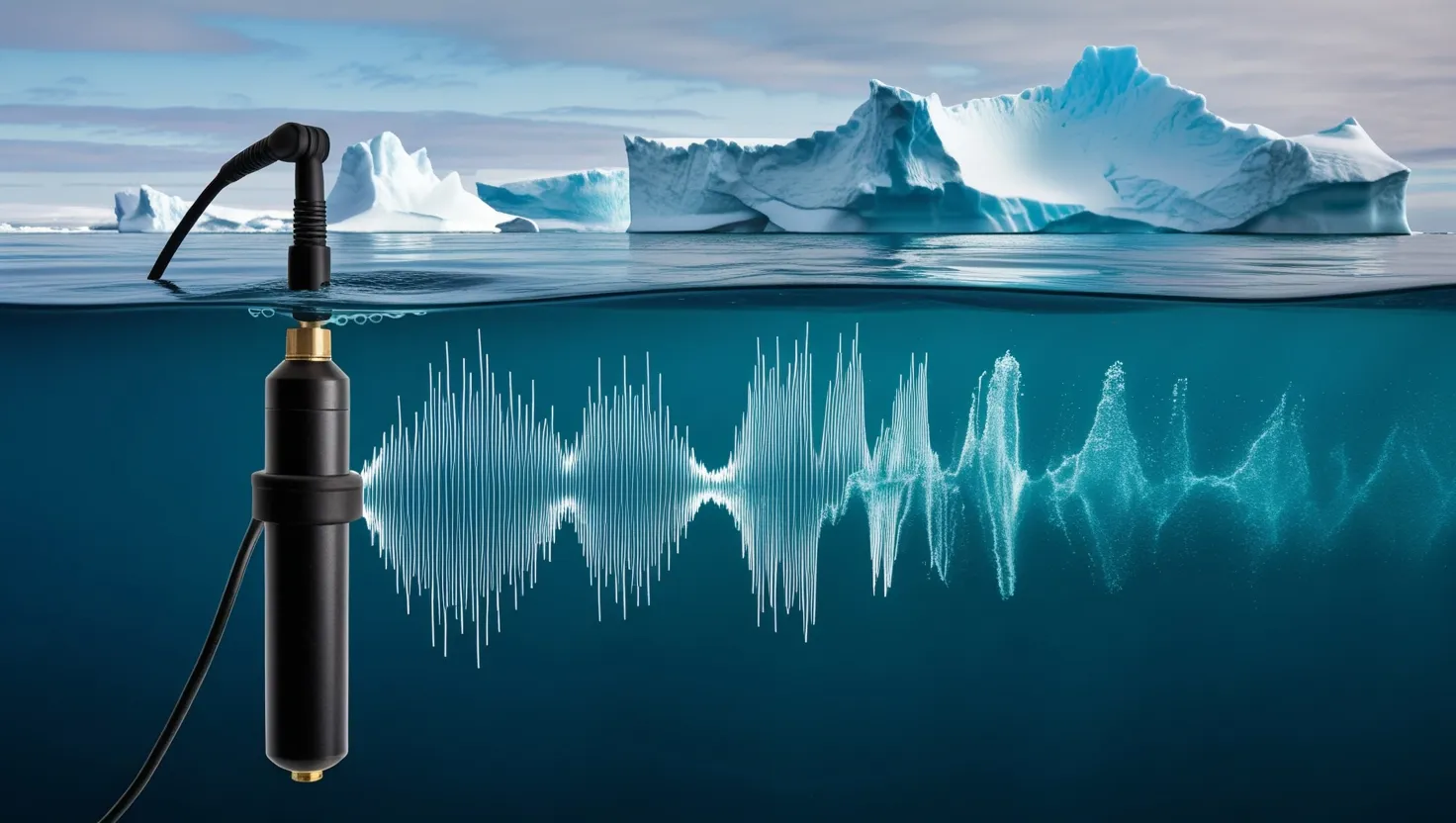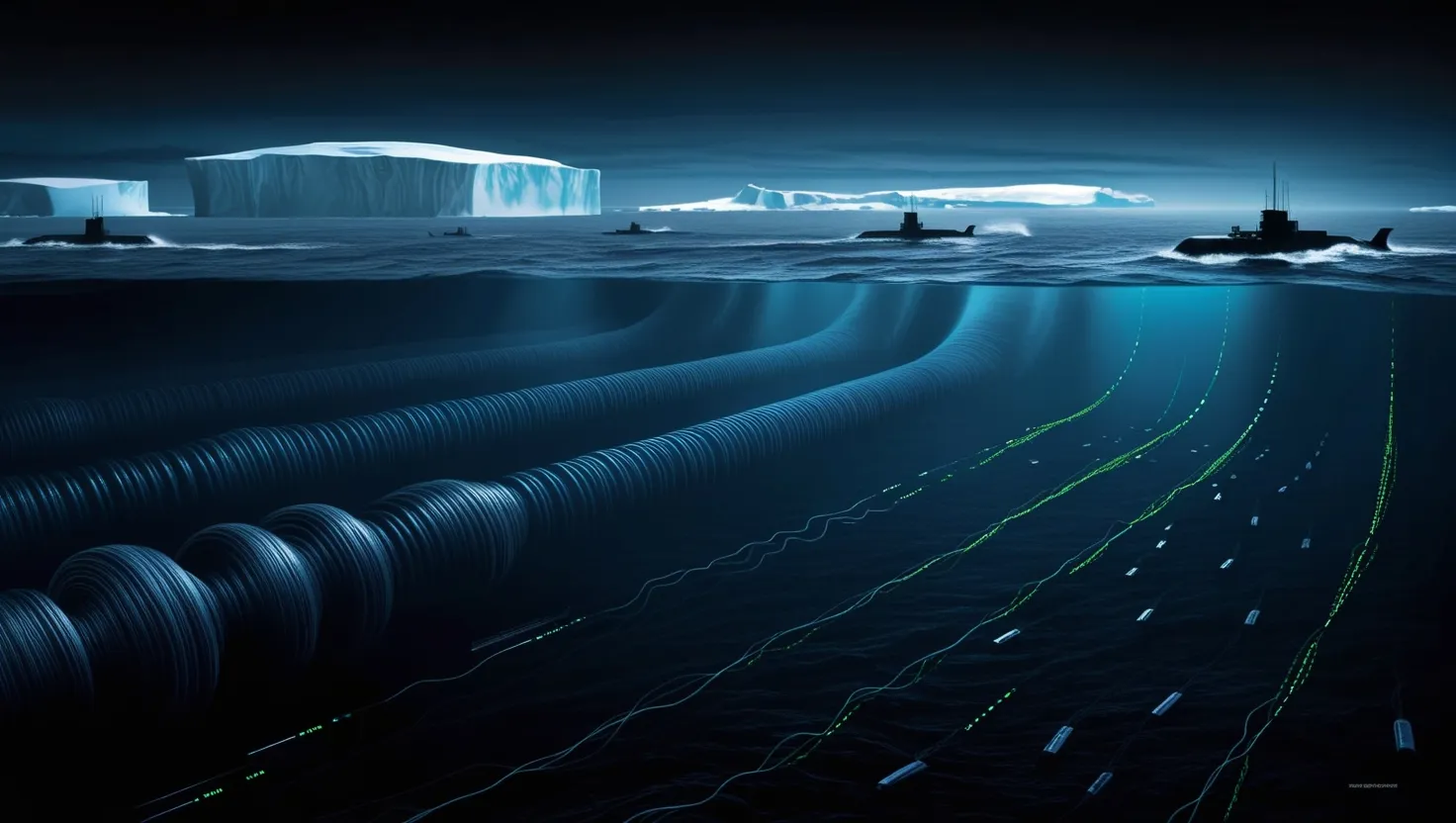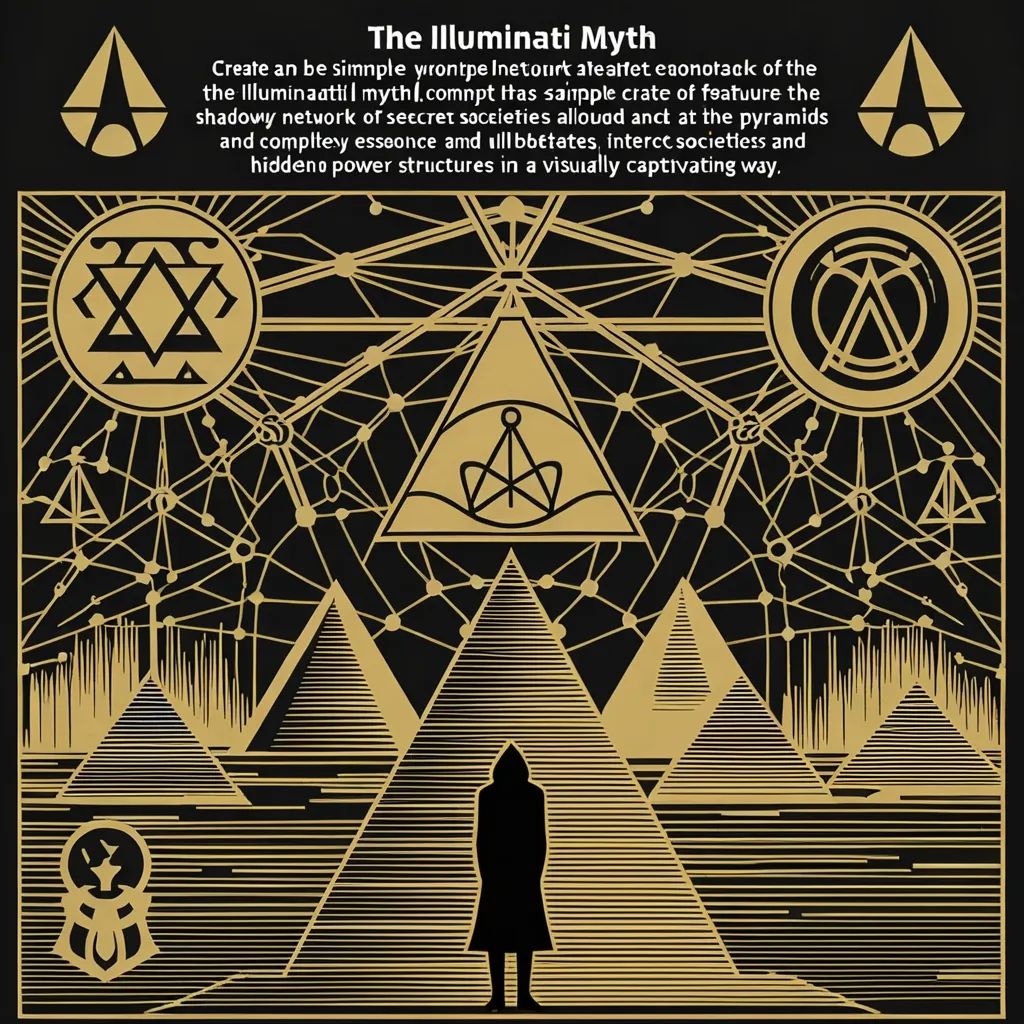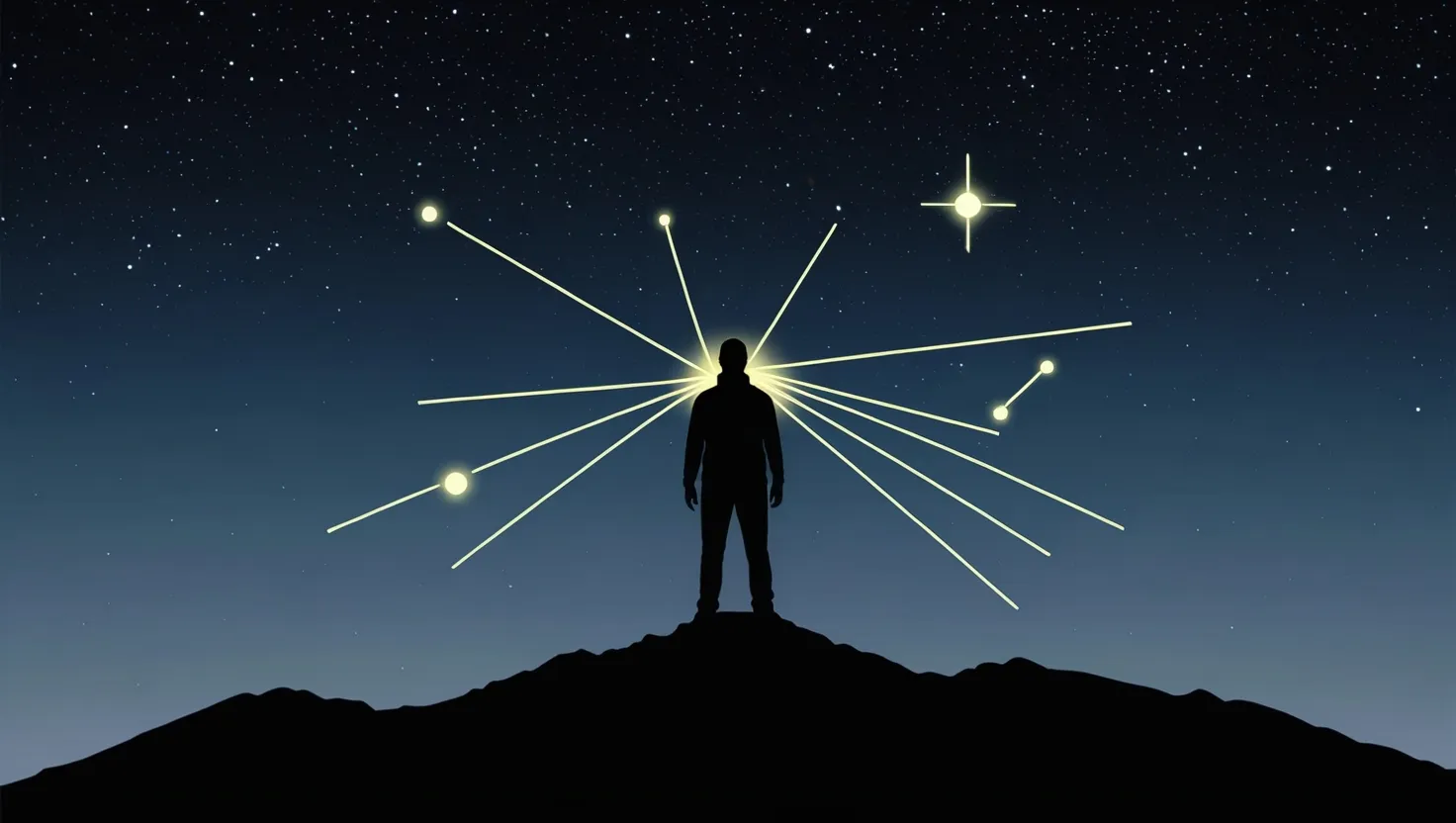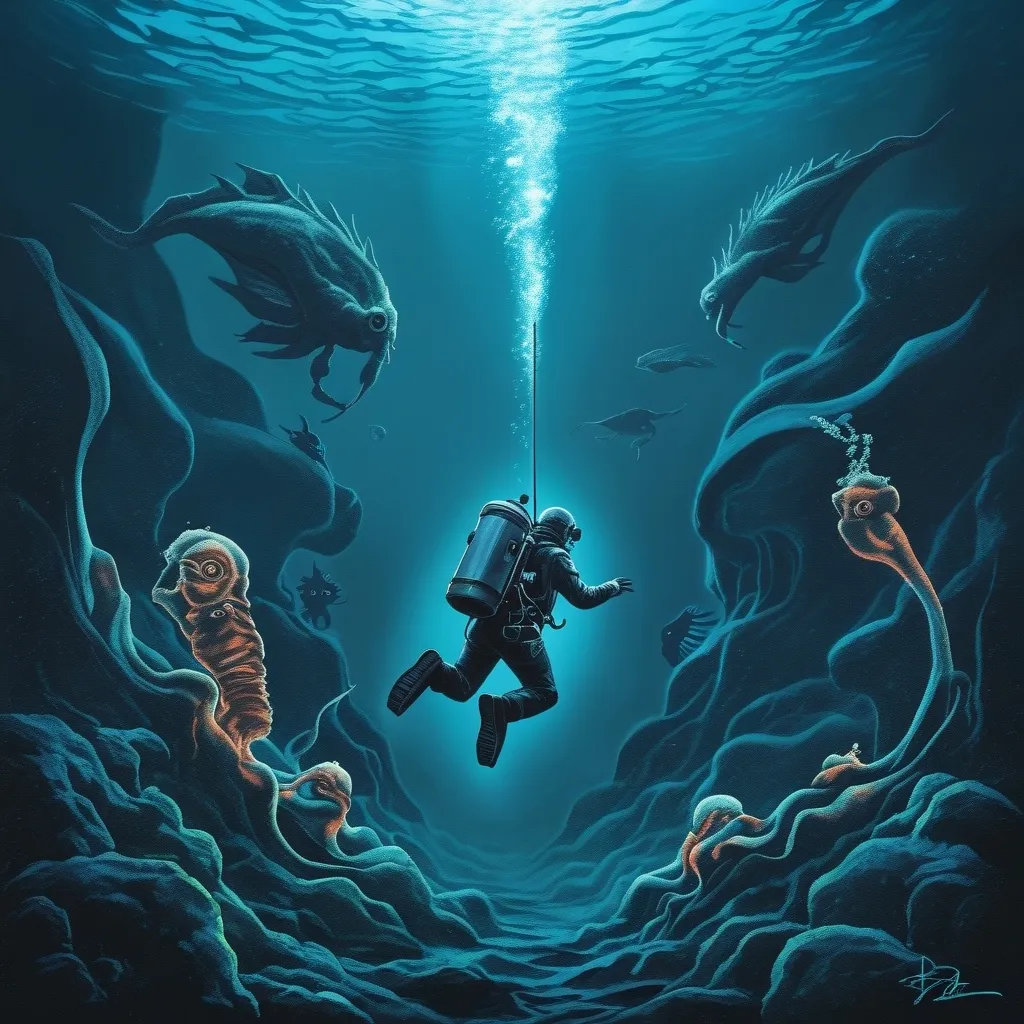In the vast expanse of the South Pacific Ocean, a mysterious sound echoed through the waters in 1997, a sound so powerful and enigmatic that it has captivated scientists and the public ever since. This phenomenon, known as “The Bloop,” was first detected by NOAA hydrophones, devices designed to listen for the faintest whispers of the ocean.
Imagine being in a room where the silence is so profound that the slightest creak of a chair can be heard from miles away. Now, translate that to the ocean, where the sound of a blue whale, the loudest known underwater noise, is dwarfed by this new, unidentified sound. The Bloop was several times louder, its ultra-low frequency rumbling through the water like a distant thunderclap.
When the news broke, scientists were abuzz with theories. Could this be the call of an unknown sea creature, a behemoth lurking in the depths? The idea sparked a flurry of speculation about undiscovered marine megafauna. It was as if the ocean itself was whispering secrets of a world we had yet to explore.
However, as researchers delved deeper, they began to lean towards a more terrestrial explanation. The sound, they proposed, might be the result of an ice quake – the sound of a massive iceberg cracking and breaking away from an Antarctic glacier. This theory gained traction as scientists correlated the sound’s location with areas of significant glacial activity.
Yet, the mystery doesn’t quite resolve itself so neatly. The Bloop’s frequency and pattern don’t perfectly match known ice quakes. There’s a lingering sense that something more complex, perhaps even more extraordinary, might be at play. Some researchers suggest it could be related to underwater volcanic activity or previously unknown geological phenomena.
The location of The Bloop near Point Nemo, the most remote point on Earth, only adds to the intrigue. This desolate spot, far from any landmass, has fueled speculation about hidden underwater bases or secret military testing. It’s a place where the imagination can run wild, where the lines between science and science fiction blur.
As I ponder The Bloop, I’m reminded of how little we truly understand about our oceans. The deep sea is a frontier as vast and unexplored as space itself. Here, in the dark, cold waters, lie secrets that could rewrite our textbooks on marine biology and geology.
Climate change is altering our oceans in ways we’re still struggling to comprehend. Icebergs are breaking off at an unprecedented rate, and the sounds of these icequakes are becoming more frequent. The Bloop, in this context, is more than just a curiosity; it’s a reminder of the dynamic, ever-changing nature of our planet.
The Bloop also highlights the limitations of our current understanding of deep ocean acoustics and geology. We have advanced technologies that allow us to listen to the ocean’s whispers, but we’re still in the early stages of deciphering these sounds. It’s a bit like trying to understand a language we’ve never heard before – we recognize the patterns, but the meaning remains elusive.
As scientists continue to study The Bloop, they’re not just trying to solve a mystery; they’re exploring the unknown. They’re venturing into a world that’s both familiar and alien, a world that holds the key to understanding our planet’s most hidden secrets.
The Bloop is more than just a sound; it’s a call to exploration, a reminder that there’s still so much to discover in our oceans. It’s a challenge to our current knowledge and an invitation to push the boundaries of what we think we know.
In the end, The Bloop remains an enigma, a sound that continues to intrigue and mystify us. But perhaps that’s what makes it so compelling – it’s a reminder that, even in this age of advanced technology and scientific breakthroughs, there are still mysteries waiting to be uncovered, secrets hidden in the depths of our oceans, waiting for us to listen.
